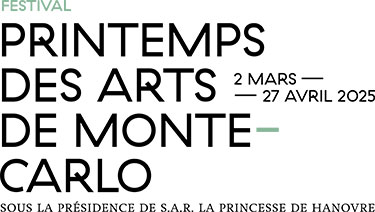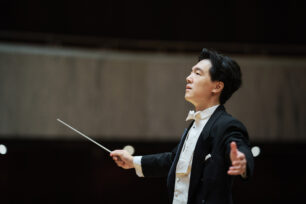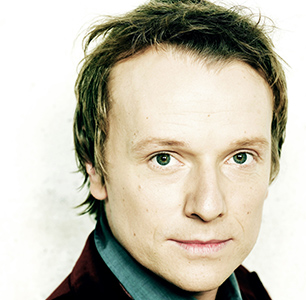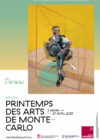A muted string orchestra plays a harmonious, extremely slow chorale, like an eternal rite. These are “the silences of the druids – who know, see and hear nothing”. Forceful, obstinate, a trumpet sounds several times above them, asking “the eternal question of existence”. In the middle of this dialogue of the deaf, only a quartet of dissonant woodwinds respond, seeking “the invisible answer” more and more energetically; but the question eventually wins. Here are the dramatics of The Unanswered Question, a short piece imagined by Charles Ives as early as 1908, but which was not premiered until May 1946 in New York, leaving an indelible mark on the history of music. Indeed, the spatialization of the orchestra into three almost independent spheres of sound would inspire many composers in the following generations. Although the Unanswered Question remains tied from its genesis with a specific movement – its title coming from a poem written in 1841 by Ralph Waldo Emerson, a major figure of American transcendentalism –, its polymorphic style (combining classical harmonies and modernist gestures) and its open dramaturgy make it a timeless work, open to an infinite number of possible interpretations and listenings.
One could thus associate it with the ancient myth of Antigone, a figure of resistance in the face of unbending laws. In her refusal to abandon the corpse of her brother Polynices despite the judgement of her uncle Creon, even to the cost of her own life, doesn’t Antigone recall the woodwinds which, in Ives’ work, collide with the immutability of strings? In his book Antigones (1984), George Steiner showed the universal and timeless dimension of the character, which brings the myth even closer to The Unanswered Question. But the composer François Meïmoun wonders in turn: “Is Antigone really this figure of resistance? Is it an act of resistance to put death as an act resolving the tensions between law and faith, between order and feeling?” Fascinated by myths and existential questions – his 2017 Song of Creation focused on the original song of the universe, the sound of the Big Bang –, Meïmoun proposes a new Antigone in a world premiere. As a melodrama for a reciter and orchestra, based on a text by Géraldine Aïdan, it “reexamines the history of this tragedy and its reception”.
A few months after the premiere of The Unanswered Question, in October 1946, another major work in the history of American music was given its first concert performance by the full Boston Symphony Orchestra: Aaron Copland’s Symphony No. 3. The composer’s ambitions were clear, radically different from Ives’ project. Since the 1930s, the growing popularity of symphonic works in the United States had led artists to create the “Great American Symphony”, in the same spirit as the great American novel. With his score, Copland made his contribution, vindicating an “assertive tone” which he himself explained straightforwardly after the work’s premiere: “It was a war work – or more precisely, an end-of-war work – intended to reflect the euphoric spirit of the country at the time.”
Commissioned in 1944 by the Koussevitzky Music Foundation (named after Serge Koussevitzky, director of the Boston Symphony Orchestra), the work occupied Copland for two years. Until then, Copland had limited himself to symphonies of modest proportions – his latest work, titled Short Symphony (1934) being no longer than fifteen minutes. In order to conceive such a large-scale work, Copland imagined a triptych in the form of an arch, with the vast second movement as its centre, and adding a fourth movement as a coda. The initial Molto moderato thus reveals the forces at work in a slow crescendo, and the third movement returns to tranquillity – its first notes repeating the last theme of the first movement to respect the symmetry of the whole. If the very lively second movement is a particularly consistent scherzo, with a lot of brass fanfares and martial percussion reminiscent of Shostakovich, the fourth and closing movement couldn’t be more meaningful since Copland takes up and develops his Fanfare for the Common Man, a piece composed in order to musically join in the war effort shortly after the United States entered World War II. Premiered in March 1942, this Fanfare for the Common Man was an immediate hit, fueled by the optimism of its soaring high-pitched ring and its rousing crescendo form. Turning the “common man” into a hero lifted in triumph to the climax of his great American symphony, Copland thus brings a brilliant answer to the “eternal question of existence” asked by Charles Ives a few months earlier.
Tristan Labouret




